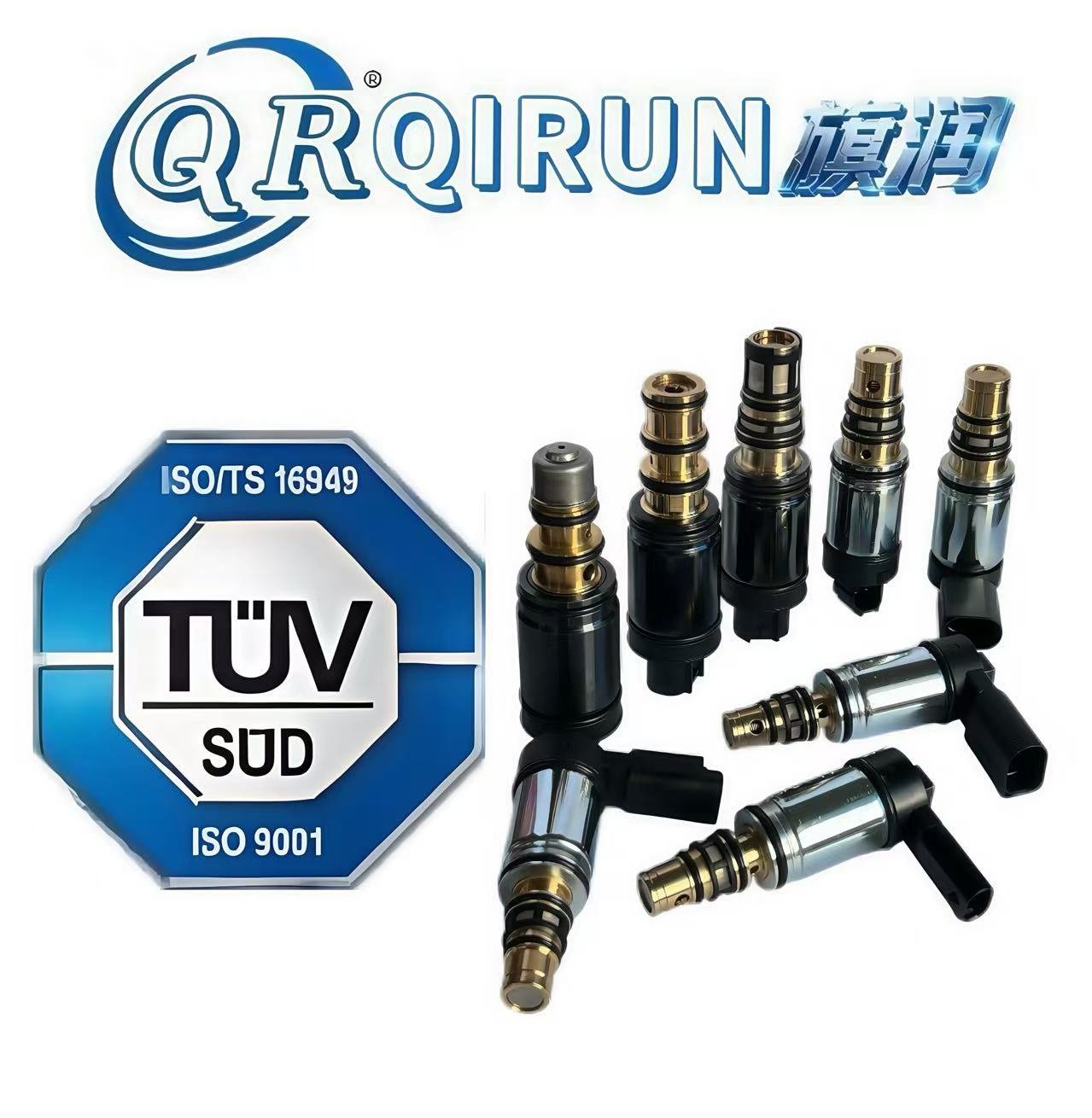Blog
Car AC Not Cooling: Compressor vs Control Valve Replacement

Car AC Not Cooling: Compressor vs Control Valve
A comprehensive guide to diagnose and decide between compressor or control valve replacement
Understanding the Problem
When your car’s air conditioning stops cooling properly, it can be frustrating trying to determine the exact cause. Two common culprits are the compressor and the control valve. Making the wrong repair decision can cost you time and money, so proper diagnosis is essential.
Quick Decision Guide
Try control valve first if: Your AC works intermittently, cooling varies, or you hear the compressor engaging but getting weak cooling.
Consider compressor replacement if: The compressor isn’t engaging at all, makes loud grinding noises, or has visible damage/oil leaks.
Compressor vs Control Valve: Key Differences
AC Compressor
Function: The heart of the AC system that circulates and pressurizes refrigerant.
Common Failure Signs:
- No engagement (clutch not spinning)
- Loud grinding or rattling noises
- Visible damage or oil leaks
- Seized pulley
- Complete lack of cooling
Replacement Cost: Higher ($500-$1000+ with labor)
Control Valve
Function: Regulates refrigerant flow in variable displacement compressors.
Common Failure Signs:
- Intermittent cooling
- Cooling works then gradually fades
- Compressor engages but cooling is weak
- No unusual noises from compressor
- AC works better at higher RPMs
Replacement Cost: Lower ($150-$400 with labor)
Symptom-Based Diagnosis Guide
Unusual Noises
Grinding, rattling, loud clicks: Likely compressor issue
No unusual noises: More likely control valve
Cooling Pattern
No cooling at all: Possibly compressor
Intermittent or weak cooling: More likely control valve
Visual Inspection
Oil leaks, damaged compressor: Replace compressor
No visible issues: Try control valve first
RPM Response
No change with RPM increase: Likely compressor
Cooling improves at higher RPMs: Control valve likely
Detailed Diagnostic Table
| Symptom | Points to Compressor | Points to Control Valve |
|---|---|---|
| AC clutch not engaging | Very likely | Unlikely |
| Clutch engages but no cooling | Possible | Very likely |
| Intermittent cooling | Less likely | Very likely |
| Loud grinding noises | Very likely | Unlikely |
| Works better at high RPM | Unlikely | Very likely |
| Oil around compressor | Very likely | Unlikely |
Cost Comparison
Control Valve Replacement
Part: $50-$150
Labor: $100-$250
Pros: Lower cost, often fixes the problem
Cons: Won’t help if compressor is actually bad
Compressor Replacement
Part: $300-$600
Labor: $200-$400+
Pros: Fixes compressor issues permanently
Cons: More expensive, may not be necessary
Professional Diagnosis
AC performance test
Pressure checks
Electrical testing
Worth the investment to avoid wrong repairs
Step-by-Step Decision Process
Basic Checks
Verify refrigerant level isn’t extremely low, check fuses and relays, ensure AC button is working.
Listen and Observe
Start the car and turn on AC. Does the compressor clutch engage? Any unusual noises?
Test Cooling Behavior
Does cooling work intermittently? Does it improve at higher RPMs? This points to control valve.
Visual Inspection
Look for oil leaks around compressor, damaged lines, or visible compressor issues.
Make Your Decision
Based on symptoms, decide whether to try control valve first or go straight to compressor.
Consider Professional Help
If unsure, pay for professional diagnosis – it’s cheaper than replacing the wrong part.
When to Try Control Valve First
Control Valve Replacement is Worth Trying When:
- Your compressor is a variable displacement type (most modern cars)
- Cooling is intermittent or weak but not completely absent
- No unusual noises from the compressor
- Compressor clutch engages normally
- AC performance changes with engine RPM
- You want to try the less expensive repair first
Control Valve Replacement Benefits
- Cost-effective: Much cheaper than compressor replacement
- Less labor intensive: Often doesn’t require discharging the entire AC system
- Common solution: Fixes the majority of variable displacement compressor issues
- Diagnostic value: If it doesn’t work, you’ve ruled out the control valve
Final Recommendation
For most modern vehicles with variable displacement compressors, trying the control valve first is the smartest approach. It’s significantly less expensive and solves the problem in the majority of cases where the compressor itself isn’t mechanically damaged.
Only proceed directly to compressor replacement if you have clear signs of compressor failure (loud noises, visible damage, clutch not engaging). When in doubt, invest in professional diagnosis – the $100-$150 cost could save you from a $800+ unnecessary compressor replacement.
